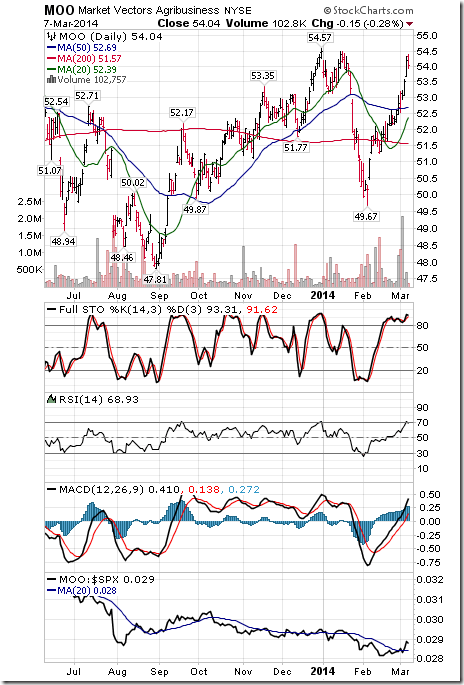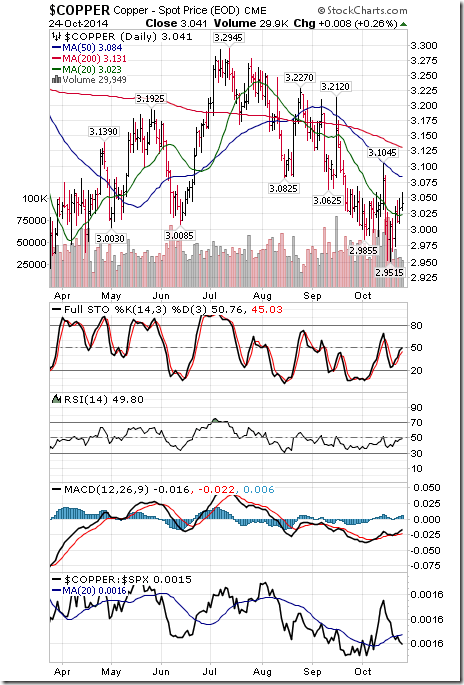Technical Analysis Using Relative Strength Index To Confirm A Stock #039; s Momentum
Post on: 16 Март, 2015 No Comment

Stay Connected
Relative strength index (RSI) is one of the most popular and reliable momentum oscillators. Its visual simplicity shows at a glance when a stock is overbought or oversold. Originally developed by J. Welles Wilder, RSI was introduced to the markets in his 1978 book, New Concepts in Technical Trading Systems .
Wilder recognized that as important as it is to measure the degree and significance of price movement, it is equally important to know the speed of change. He developed the RSI indicator to consist of a value between zero and 100. When the RSI line moves above 70, the stock is overbought, according to the RSI standard; when the line moves below 30, it is oversold.
The formula is based on a study of 14 most recent periods. However, neither the 70/30 lines in the sand nor the 14-period field are absolutes. For example, a calculation may adjust the overbought/oversold levels to 80/20 to make the distinction stronger. The period under study can also be adjusted. Traders may use a shorter timeframe so that conditions are more reactive to the most recent price movement, an adjustment that makes sense in very volatile market conditions.
Shorter periods tend to more accurately reflect RSI changes caused by short-term reaction swings. To measure the traditional 14-period RSI and also track reaction swings, some traders employ two separate RSI calculations: a 14-period 70/30 RSI and a shorter-period 80/20 RSI.
To calculate RSI, a distinction is made between sessions closing higher and days closing lower, with the total field consisting of 14 periods:
100 — [ 100 [ ( 1 + < U / D > ) ] = RSI
Where: U = average of days closing higher (up) over 14 days
D = average of days closing lower (down) over 14 days

RSI is best used as part of a multi-indicator confirmation policy. The initial signal occurs when RSI moves above or below the 70/30 lines, and is confirmed by other signals including Moving Average Convergence-Divergence, failed tests of resistance or support, volume spikes, price gaps, or candlestick reversal indicators.
When you find divergence between price trends and RSI — in other words, a contrary indicator — seek clarification in candlestick signals. If no reversal signals show up, price is probably right and RSI is providing a false signal. If you find a reversal signal in candlesticks, it probably means that RSI is providing reversal indicator ahead of price.
Divergences are common; RSI change in direction is likely to occur apart from price swings, so you cannot expect the two trends to always confirm one another. This is why additional confirmation from other technical indicators is valuable.
Twitter: @MichaelThomsett














